Government urged to close legal loophole to protect public from undesirable medical claims
A Consumer Council survey on health foods, health devices and Chinese medicines has uncovered widespread non-compliance of the Undesirable Medical Advertisements Ordinance.
The survey focused on 55 of such products which contained medical claims suspected to be in contravention of the Ordinance. The claims were related to the healing of certain chronic and fatal illness as cancer, diabetes, hepatitis, cardiovascular disease, fertility and gynaecological disease.
The problem of infringement by these products is believed to be far more prevalent than the Council's survey has indicated. Such medical claims have the potential effect of misleading the consumers.
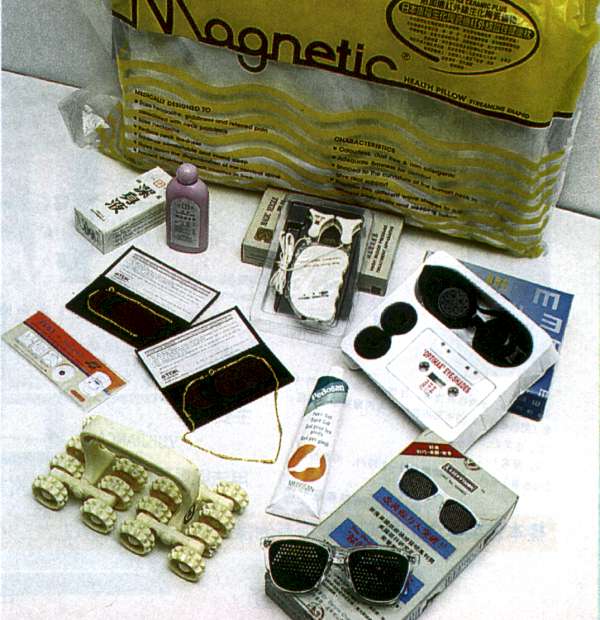 | 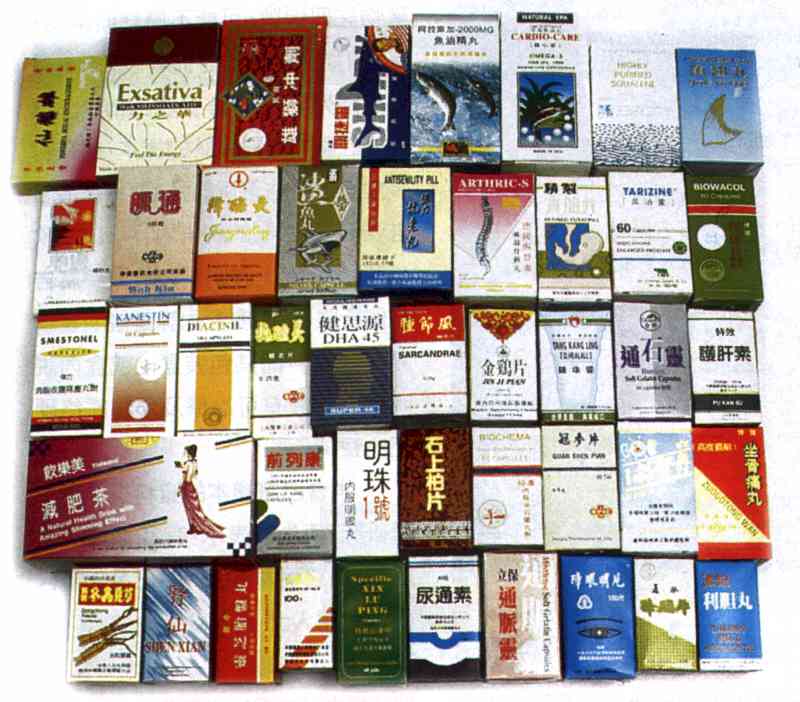 |
The problem stems from a glaring loophole of the existing Undesirable Medical Advertisements Ordinance which aims to protect the general public from improper self-diagnosis and self-medication in respect of those diseases specified in that Ordinance. Such practices may lead to unnecessary morbidity and mortality.
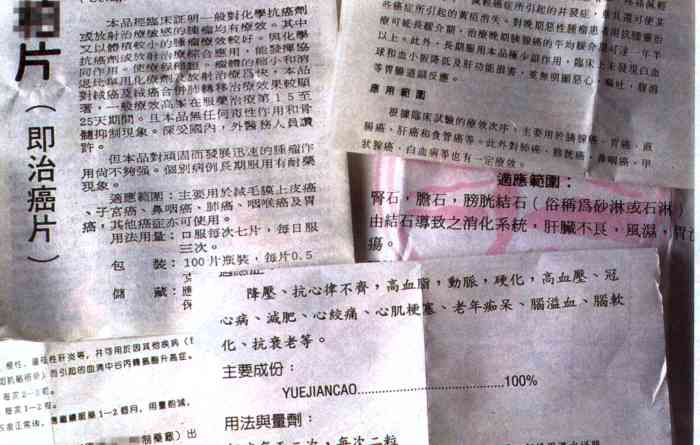
But, according to the Department of Health, information supplied inside any container or package containing any medicine, surgical appliance or treatment is not considered to be an advertisement, because it is not on display and is only visible to the purchaser of the product after the sale takes place.
The Department also regards information containing particulars such as composition, indications, directions, side-effects, name and address of manufacturers, etc. to be useful for the reference of doctors and pharmacists. As such, it should not constitute publication of an advertisement.
But traders are quick to take advantage of this legal loophole, giving rise to a proliferation of infringing medical claims which appear in informational pamphlets and leaflets inserted into the package of the products and are, therefore, beyond the reach of the law.
In reality, these medical claims are indirect advertisements which will find their way to consumers through word of mouth by salesmen and people who have read the contents of such claims.
The Council holds the view that if the Ordinance aims to restrict certain advertisements relating to medical matters, then an infringing advertisement should be prohibited regardless of whether it is inside or outside the package of the product.
In the interest of the public, the Council strongly believes that traders making infringing medical advertising claims inside or outside the package of the product should be brought under the sanction of the Ordinance. The Government is urged to consider the Council's recommendation.
The Council has submitted information and claims made by the products in the survey to the Department of Health for scrutiny of the medical claims made by these health foods, health devices (such as eye-sight corrector, magnetic and anti-inflammatory products, etc.) and Chinese medicine.
In consequence, the Department of Health has issued warning letters to the suppliers of 22 of the products drawing their attention to the provisions of the Undesirable Medical Advertisements Ordinance and to refraining from such practice to avoid prosecution under the Ordinance.
Results of the survey were published in the latest issue (262nd) of the Council's monthly magazine 'CHOICE'. Consumers are urged to consult the report to heighten their understanding and awareness of undesirable medical claims and advertisements.
Consumer spending on prepaid goods and services totals a staggering $900 million despite lack of proper safeguards on consumer interests
Consumers prepaid in cash for a variety of goods and services to the tune of a staggering $900 million.
This was borne out in two separate surveys which the Consumer Council has conducted to measure the magnitude of consumer exposure to prepayment schemes and coupons.
Had it not been for the current economic downturn and that the surveys did not cover all prepayment schemes, notably Octopus, the total consumer spending in prepayment could well exceed $1 billion.
The first part of the survey, conducted by telephone interview with over 1,000 households in January this year, showed an estimated amount of $310 million and$170 million prepaid by consumers to cake shops and video centres respectively. These two sectors accounted for a total of $480 million.
The second part of the survey, conducted by telephone interview with over 2,000 households in June, yielded the following results:
| Estimated amount prepaid to beauty salons/fitness clubs : | $307 million |
| Estimated amount prepaid for magazine subscriptions : | $58 million |
| Estimated amount prepaid for department store gift vouchers : | $55 million |
These three sectors alone accounted for $420 million making a combined total of $900 million for the two surveys on prepayment consumer spending.
According to the survey, consumer acceptance to prepayment schemes and coupons is due largely to:
- the discounts and gifts that prepaid goods and services offer;
- for the beauty salons/fitness clubs, prepayment is the usual accepted method of payment;
- prepayment for magazine subscription is more convenient; and
- there is a practical need for department store vouchers as gift.
The survey revealed some interesting statistics with regard to the maximum amount prepaid by a single respondent on:
| beauty salon/fitness club service | more than $10,000 |
| magazine subscription | $3,500 |
| department store vouchers | more than $10,000 |
| mooncake/cured meat club | $1,200 |
| gold-saving club | $9,000 |
The Consumer Council has called public attention to the vulnerabilities of participating in prepayment schemes or purchasing coupons. Consumers should weigh the risk and benefit of buying such coupons particularly if purchased in large quantity. The Council has also urged the Government to support measures to protect the integrity of these schemes and thus consumer interests.
Be wary of the marble in your carbonated drink - you and especially young children may get choked on it
 What's that marble sitting inside the bottle of a carbonated drink there for?
What's that marble sitting inside the bottle of a carbonated drink there for?
To arouse your curiosity, entice your attention or help quench yourthirst? For whatever purpose, be wary of that marble.
At least one consumer had a close brush with death by suffocation - he nearly drank the marble inadvertently. The incident was brought to the notice of the Council.
According to the complainant, he has by mistake twisted open the cap of the drink and in the process the marble was disgorged from its position and dropped into the glass bottle.
Without putting the cap back onto the bottle, he gulped down the drink. As the cap was not there to block its exist, the marble passed through the neck of the bottle and reached into the mouth of the complainant. He nearly got choked.
There is no specific legislation governing the safety of marble in a carbonated drink. A carbonated drink with marble is considered a beverage and therefore beyond the control of the Toys and Children's Products Safety Ordinance or the Consumer Goods Safety Ordinance.
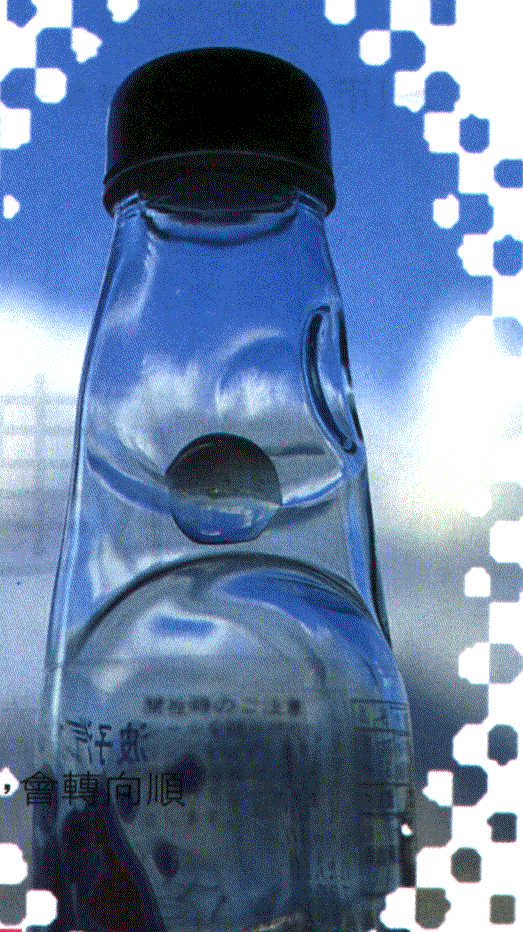 Neither is the Food and Drugs (Composition and Labelling) Regulations applicable as, in this case, the marble in question is a non-food item.
Neither is the Food and Drugs (Composition and Labelling) Regulations applicable as, in this case, the marble in question is a non-food item.
In view of the potential choking hazard posed by such carbonated drinks, the Council conducted a test on 8 samples of the beverage. The samples were all imported from Japan with prices ranging from $6 to $9.9 a bottle.
The results showed that half of the samples were so designed that the cap could be removed to allow access to the marble after the beverage has been consumed.
This, however, creates a potential hazard if the consumers drink the beverage without the cap with the marble still inside the bottle.
Of these 4 samples, only 2 carried any warning that read: "the marble inside the bottle could not be consumed". Such statement is considered grossly inadequate to draw attention to the potential choking hazard posed by the presence of the marble, which should be labelled clearly on all such carbonated drinks with marble particularly if the cap could be twisted open.
The Consumer Council has written to the importers of the beverage urging them to add the appropriate warning label on their products. Some have responded positively to the Council's advice.
Parents should also ensure that the marble from such carbonated drinkdoes not fall into the hands of young children particularly those under 3 years.
Consumer Council joins forces with overseas counterparts to produce first test results on DV camcorders
DV camcorder or digital video camcorder is at the fore front of video technology in the field. It will probably replace the Hi-8 or S-VHS-C types in the coming future.
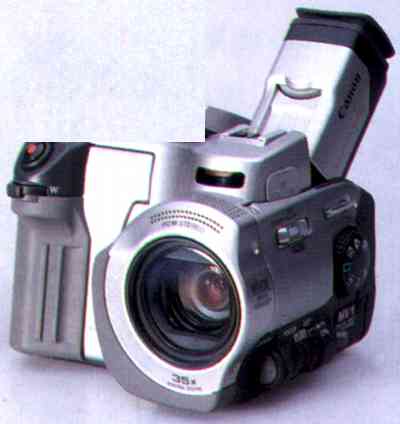 | 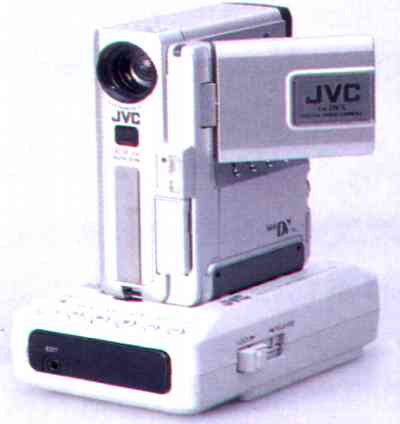 | 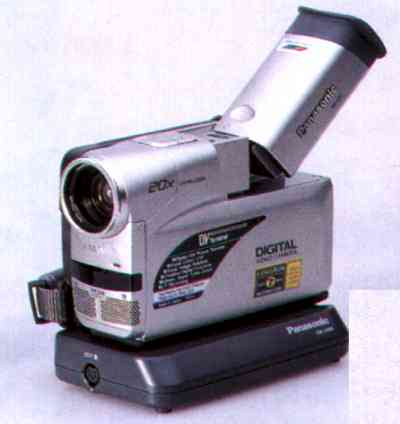 |
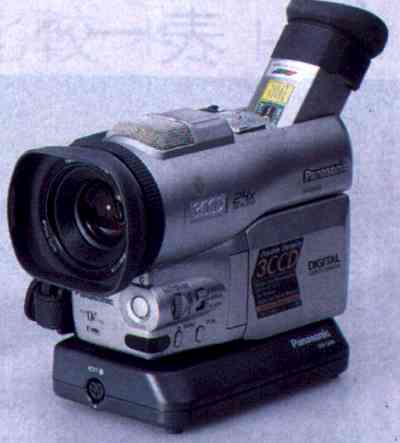 | 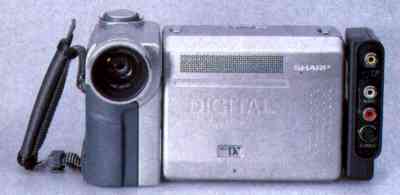 | 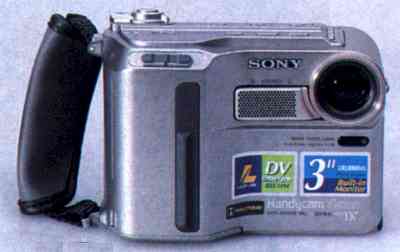 |
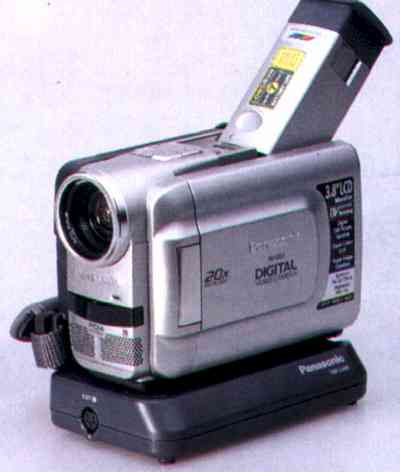 | 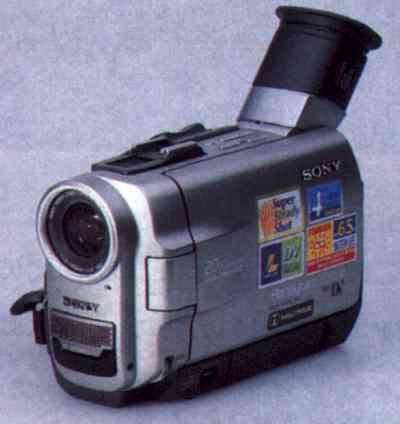 |
DV camcorders have many advantages such as tiny tape cassette, smaller camcorder size, further improved picture quality with horizontal resolution up to 500 lines.
With DV technology, video images are digitized and thus users can dubor edit videos with no degradation of picture or sound. Most DV camcorders even provide facilities for connection to a computer for digital data transfer.
Test results of 8 DV camcorders from 5 brands were reported in this August issue of 'CHOICE'. Market retail price of these products ranged from HK$7,000 to HK$16,000.
The test compares their performance on picture quality, sound quality, convenience of use, auto focus accuracy and image stability.



